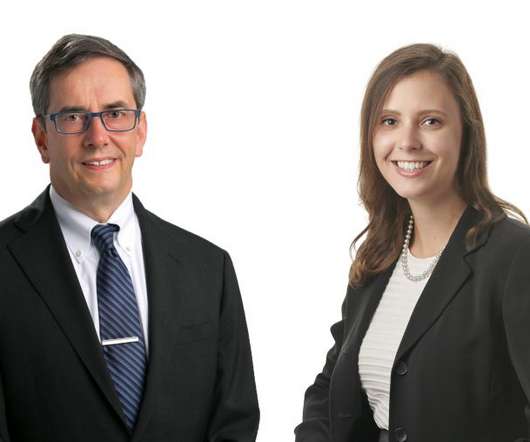What Are Creditors’ Rights During Insolvency Proceedings?
Hudson Weir
MARCH 19, 2025
Creditor hierarchy in a company liquidation The appointed insolvency practitioner must pay every creditor group in full before distributing funds to the next one.

Hudson Weir
MARCH 19, 2025
Creditor hierarchy in a company liquidation The appointed insolvency practitioner must pay every creditor group in full before distributing funds to the next one.

Hudson Weir
SEPTEMBER 24, 2024
In the future, the company pays the interest to directors minus income tax at the 20% basic rate, as explained in the government guide on when you lend your company money. When a company goes into liquidation or administration , they are low down the list of creditors in terms of who gets paid back first.
This site is protected by reCAPTCHA and the Google Privacy Policy and Terms of Service apply.

Hudson Weir
FEBRUARY 28, 2023
Once a firm enters administration, it must pay every creditor group entirely, save for ‘prescribed part’ secured creditors, before funds are distributed to the subsequent creditor. Secured creditors include leasing companies and banks.

Hudson Weir
JANUARY 26, 2024
They were introduced back in 2020 under the Corporate Insolvency and Governance Act. The Corporate Insolvency and Governance Act 2020 was introduced in order to help businesses during the Covid-19 pandemic. The objections of dissenting creditors cannot be crammed down when voting to approve the arrangement.

Fraser
JUNE 25, 2020
Creditors of a bankrupt company must be aware of the various deadlines and procedures that govern the chapter 11 process in order to protect and enforce their rights. For creditors to maximize their recoveries, they must stay informed and take action during a bankruptcy proceeding. Plan Confirmation Issues.

Hudson Weir
SEPTEMBER 24, 2021
As UK firms try returning to business as usual, following the lockdowns caused by Covid-19, the government has now announced that temporary insolvency restriction protections are ending. The first priority is to repay all secured creditors, unsecured creditors and preferential creditors.

BN Lawyers
MARCH 23, 2020
Low Priority: Unsecured Lenders and other Creditors. Unsecured lenders should generally be willing to defer payments. For an unsecured creditor to obtain a recovery, it would need to engage in a months-long legal process to obtain a judgment that could be halted at any point by a chapter 11 bankruptcy reorganization.
Let's personalize your content